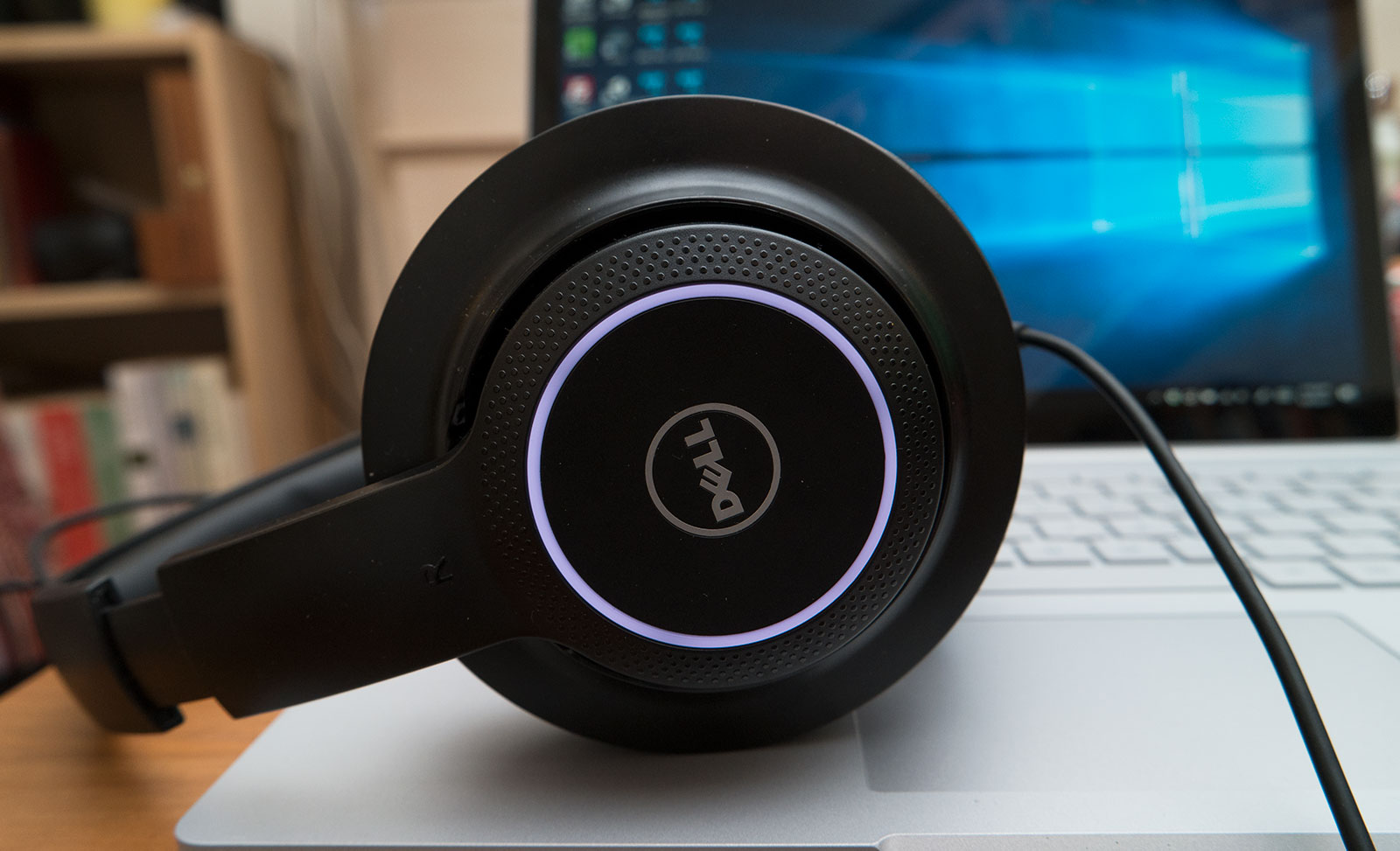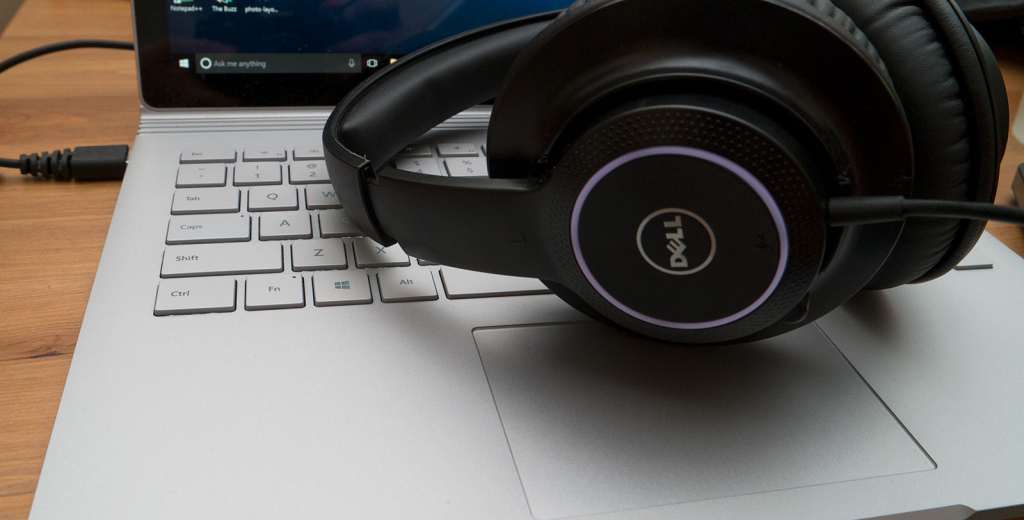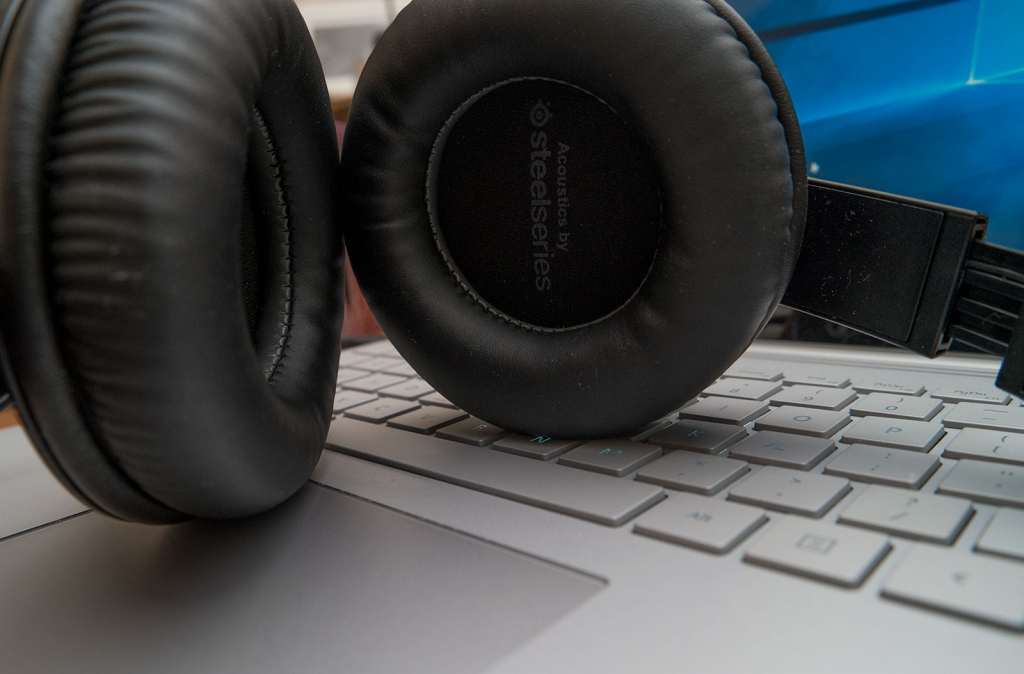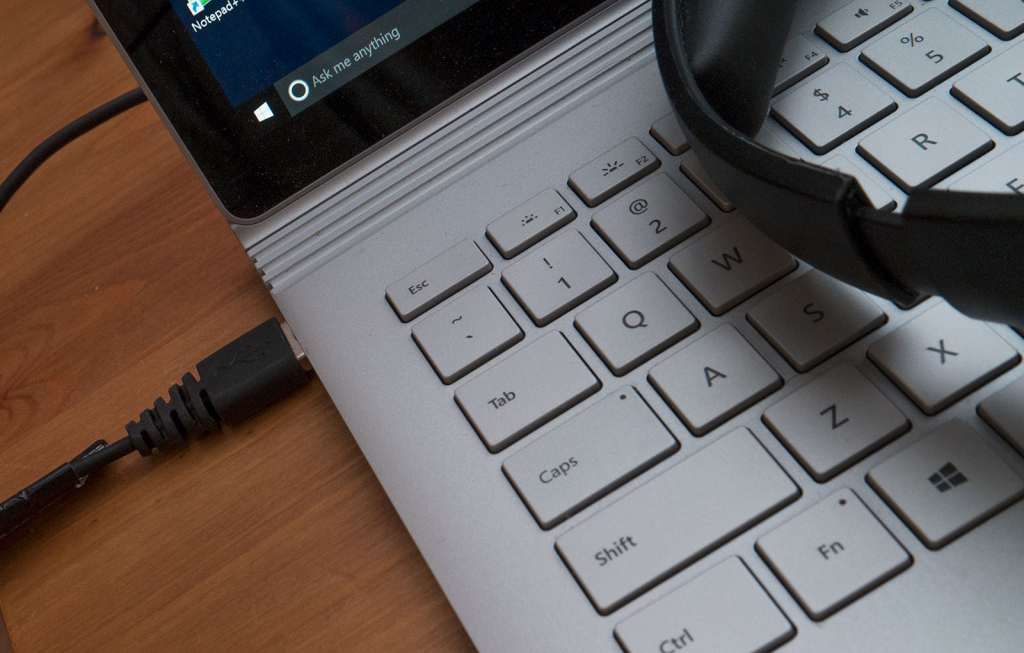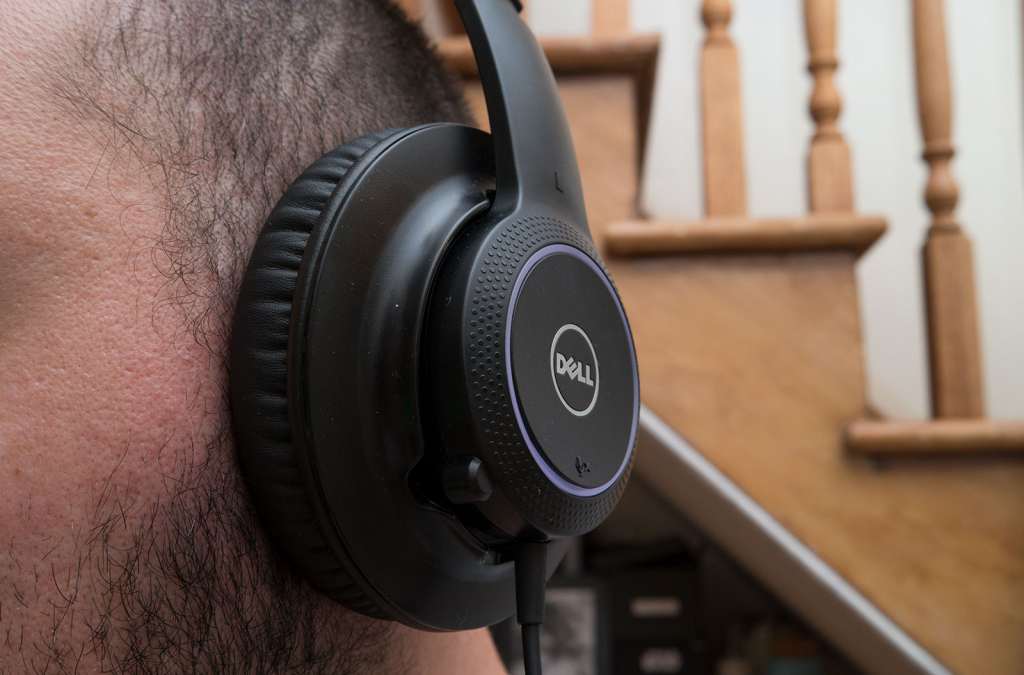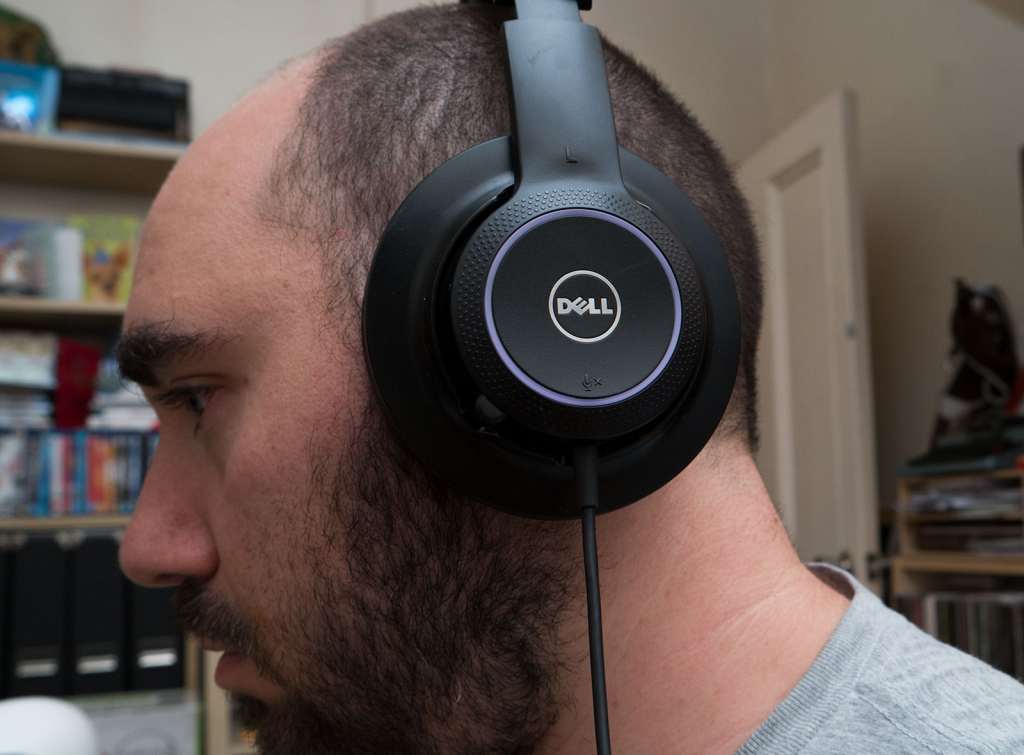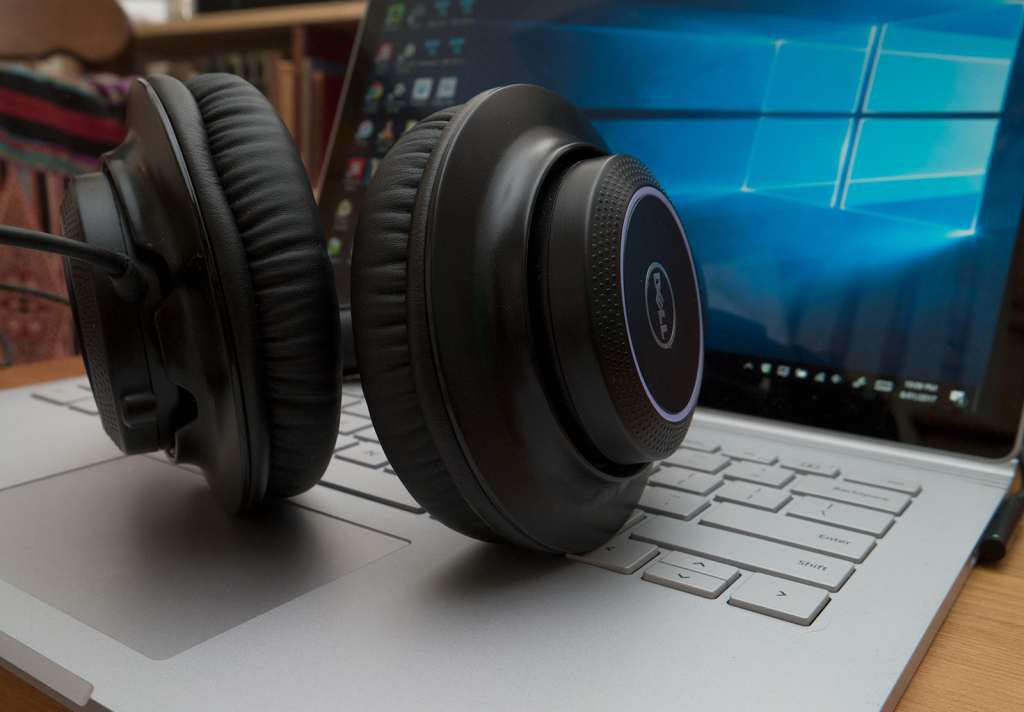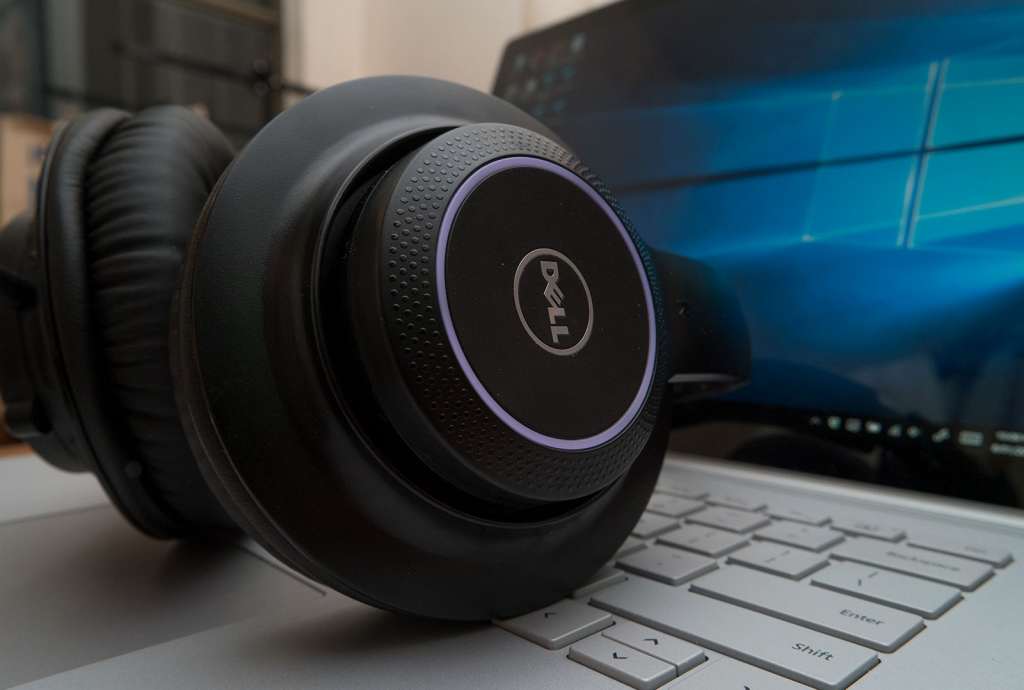Quick review
The good
The not-so-good
Not normally known for headphones, Dell is now in that game too, with a pair of cans that happened to be co-engineered by gaming’s SteelSeries.
You might not realise it by heading to the Pickr website, but we’re big fans of reviewing headphones, and big fans of sound. While the comparison engine that underlines our website tends to sit around the tracking of smartphones (as of the time this review was published), making sure people get the right sort of sound from their headphones and speakers is a big deal to us, simply because it’s so easy to make the mistake of buying bad gear.
It seems like anyone can make a headphone and anyone can make a speaker, and all you really need to do is grab something off the market, slap your brand on it, and be done with it.
And on first glance, it can almost come across that’s exactly what Dell has done with its AE2 headset, a pair of headphones with a very discrete microphone made for PC use and gaming sessions from a company not known for sound gear, but rather laptops, desktops, and monitors.
But if you take a little look closer, you’ll find that the Dell AE2 is more than just a randomly selected headphone made for a rough $100 price tag.
Design and features
In fact, if you glance past the basic black exterior, the plastic casing without much personality or style, a fact that makes it almost feel like it has had a design lobotomy, you find that it’s most definitely not a random brand, but rather something known in the PC circles.
Built by PC gaming peripheral maker SteelSeries and branded as such along the inside of the cups, there is now a greater expectation than just mediocre crap, which is kind of what you expect when a brand not known for headphones decides to just go on and release headphones.
Behind the plastic casing of these cans, you’ll find the typical assortment of a neodymium driver and sending audio to your eardrums, while the exterior boasts a hint of colourful lighting in a ring around the casing.
The earpad style is circumaural, meaning it sits around your ear, and while the fit is comfortable and light, you can get more comfortable and more plush in other cans from rival headset manufacturers.
Still, for long-term use it’s easily comfy enough, and certainly more pleasing to the ear than a pair of supra-aural on-ear leatherettes that eventually feel like they’re pressing too hard against the skull.
There’s also a big catch with Dell’s AE2: they’re solely made for use with a computer.
Forget about that phone, and don’t bother with the tablet or video game system, because this thing has support for none of the above, offering only a USB connection that you cannot remove and will never execute in a 3.5mm headset jack.
A tad limiting, this means you’re PC-bound only, with a full-size USB port needed to send audio and power these headphones, meaning something relatively meaty, though not necessarily recent.
For that compromise, you’ll find a virtual 7.1 surround sound effect, which makes the headphones use their own internal sound card.
Performance
Using its own sound card isn’t an option, either, and comes part and parcel with a USB sound card.
Think of it as the default driver you had no choice to use, and in a plug and play world, it’s no big deal: you simply plug it in, the driver sets up, and whenever the headphones are in use, the right driver is the one being used. It’s that easy.
The sound isn’t as clear cut as that, however, because since you’re using that driver, you’re forced to go with what the headphones believe is the right sound. That’s normal for every pair of headphones, but every pair of headphones doesn’t come with its own driver, and the driver has their extra sense of spatiality, almost to make everything wider.
A 7.1 virtual mode is included with support for DTS’ “Heaphone X” setting, and to get at it, you actually need to delve into driver settings, but even without it, the whole thing feels wider than it should.
This bizarrely big effect for music is definitely wider than we’d like, and since we do all our testing of headphones and speakers with the Listnr Sound Test, makes for some rather interesting testing sessions.
For instance, when we started listening to Pentatonix’s “Lean On” and realised that the acapella group singing sounded larger than life, and much more spacious than we’d heard with a conventional pair of headphones, we were a little confused.
That continued throughout the test, with a fairly impacted bass and a very noticeable set of highs on pretty much every track, while the mids lost their ground to the other parts of the sound spectrum.
That tells us a lot about the quality of sound on offer, and can see the use for games: the bassy bottom-end punch of explosions can ring through while not getting in the way of the ever-important high-end treble sounds as squad members cheer and shout.
For music and movies, however, it can sound a little shallow, with bass only there when it’s driven by very emphasised mastering. Gun shots and explosions in video games have that, jazz and classical does not, and tracks from Miles Davis and Nigel Kennedy revealed more of a lack of bass than a showing of force, as if the parts of these tracks just disappeared.
This won’t upset a great majority of listeners, that said, as the $99 Dell AE2 headphones aren’t really marketed for music. The USB plug gives that away.
If you do have to listen to music through them, pop, rock, electronic, R&B, and hip-hop are all going to sound okay through them, with a bright and punchy sound that’s easily pleasing while your ears stay comfortable in a curiously cozy circumaural can.
Value
And for $99, we’re not shocked at all, as that’s actually not bad value at all.
You get lesser quality headphones for far more these days, and so $99 or lower results to not a bad value at all.
What needs work
We’re not super fans of the USB plug execution, not just because it’s silly to go to USB for headphones, but because the USB standard is changing, and changing quickly. You’ll need a full-size USB plug to make the Dell AE2 headphones sing, and if you only have a USB Type C plug on your tablet or laptop, that means you’ll need a converter.
There was a better way to do this, Dell, and Plantronics showed what it was a few years ago with its GameCom headphones: end in the standard 3.5mm headset jack and include a small USB sound card in the box. That would have made more sense, and would have at least dealt with the option of the sound card. Don’t want one? Use the 3.5mm jack. Want the 7.1? Use the sound card. Pretty easy.
But no; the Dell AE2 executes in USB, in a time when USB is beginning to change. Kinda silly if you ask us.
Final thoughts (TLDR)
For the price, Dell’s AE2 provides a decent punch for sound and a discrete microphone that markets itself well to gamers, even if the audio quality isn’t the best on the planet.
You could do better if you spent a little more, and you might even be able to take them with you for use on a phone or tablet, or really anything that has one of those standard 3.5mm headset jacks.
But if you don’t mind being stationary and sitting at your desk, Dell’s AE2 aren’t a bad catch.


